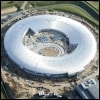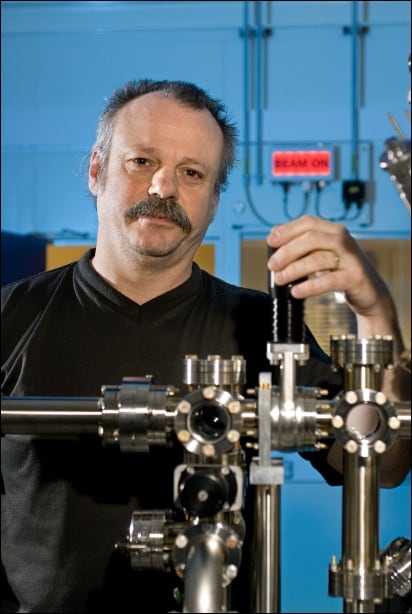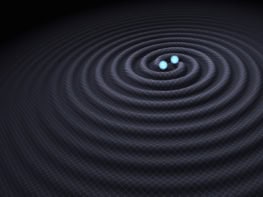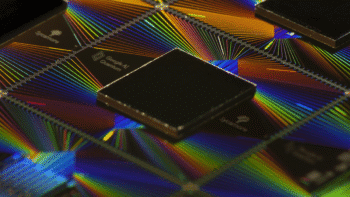The biggest scientific facility to have been built in the UK for over 30 years is finally ready for use. The Diamond Light Source -- a "third-generation" synchrotron near Oxford -- has cost £250m to build and will provide researchers with monochromatic beams of light from microwaves to X-rays. The first scientists to use the facility are arriving this week.

Light from Diamond is emitted by electrons as they are steered around a ring with a circumference of 560 metres by powerful electromagnets. The lab’s beams are 100,000 times brighter than those from the Synchrotron Radiation Source in Daresbury in the north-west of England – the “second-generation” facility that it replaces. This is possible thanks to devices called “undulators” that are inserted into straight sections of the ring, which make the electrons wiggle about their otherwise straight trajectory.
Three teams of researchers have been selected to carry out the first experiments as part of a six-month project to fine-tune Diamond’s experimental facilities. They include Chris Binns, head of condensed-matter physics at the University of Leicester, who will use Diamond’s nanoscience beamline to image magnetic materials that could be used to make better computer hard drives. He will be using the beamline’s “photoemission electron microscope”, which he says will be “an invaluable tool in trying to understand how these new magnetic materials work”.
Diamond currently has a total of seven beamlines, although a further £120m of funding has already been secured to build another 15 beamlines, which will come on stream by 2011. Eventually there could be up to 40 beamlines on the machine. About 10% of beam time will be sold to industrial users. However, beam time is likely to be oversubscribed despite the machine running 24 hours a day.
Although Diamond has been built on time and to budget, the facility got off to a difficult start with a bitter controversy about whether it should be build at its eventual site or at the Daresbury lab. The were also problems with the French government, which initially wanted to help pay for the project before deciding in 2000 to build its own source Soleil near Paris. The Soleil lab was officially opened at the end of December.




